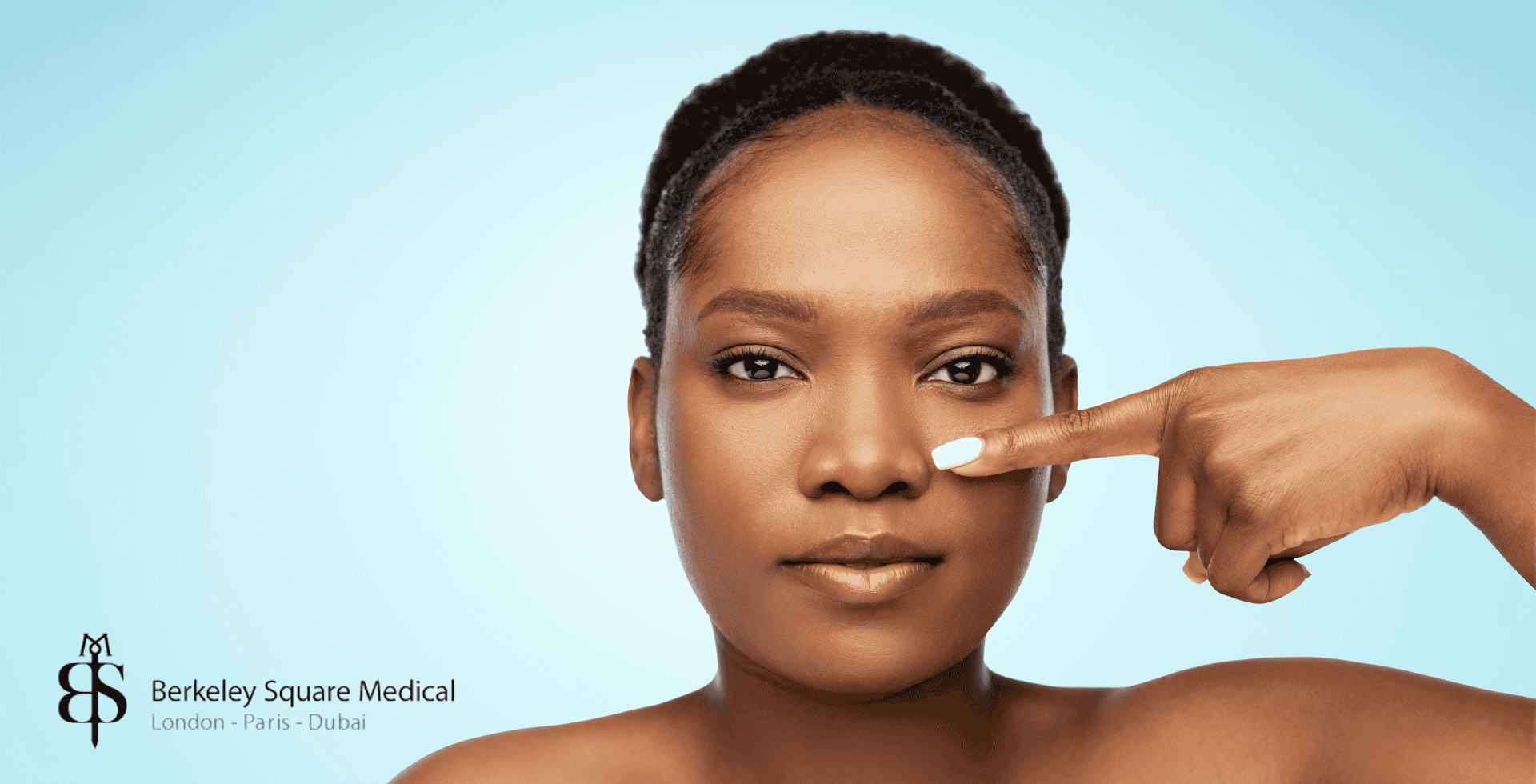
The Alarplasty Procedure: Techniques and What to Expect
Several techniques may be used during alar base reduction surgery, tailored to the individual’s anatomy and desired changes. The most common methods include:
- Weir Excision: A small wedge of tissue is removed from the outer base of the nostrils (near the cheek crease), allowing the nostrils to be drawn closer together. This method is ideal for reducing nostril flare.
- Nasal Sill Excision: A thin strip of tissue is removed from the floor of the nostrils, narrowing the base width between the two nostrils without altering the outer shape.
- V-Y Advancement: A method of repositioning tissue inward to slightly narrow nostrils without removing excess skin, typically used for more subtle refinements.
Often, surgeons combine techniques for the best results, ensuring the nostril size and shape match the overall nasal and facial structure.
Does Alar Base Reduction Leave Scars?
All incisions for alarplasty are placed at the base of the nostrils, either inside the nostril floor or within the natural crease where the nostril meets the cheek. This means any scars are usually discreet and blend in well once fully healed.
In the first few weeks, the incision lines may look slightly pink, but they gradually fade to a fine, pale line over the following months. Patients who follow their surgeon’s aftercare guidance, such as sun protection and avoiding tension on the area, typically achieve scars that are very difficult to notice in day-to-day life.
If you have concerns about scarring, a surgeon with a strong track record in alar base surgery can show you healed results from previous patients so you understand what to expect.
Step-by-Step: What Happens During the Procedure
- Anaesthesia: Alarplasty is usually performed under local anaesthesia with or without light sedation. For patients undergoing combined rhinoplasty, general anaesthesia may be used.
- Incisions: The surgeon makes discreet incisions either in the crease where the nostrils meet the cheek or inside the nostril floor.
- Tissue Removal or Repositioning: Carefully measured amounts of tissue are excised or shifted to reduce width or flare.
- Suturing: Fine sutures are used to close the incisions, ensuring minimal tension and scarring.
- Immediate Recovery: Patients can typically return home the same day, with a light dressing over the nose if needed.
The entire procedure usually takes 30 minutes to 1 hour when performed on its own.
Recovery Timeline After Nostril Reduction Surgery
Recovery after alar base reduction is usually straightforward and faster than more extensive nasal procedures.
What to expect:
• Days 1 to 3: Mild swelling and tenderness around the incision areas
• Day 5 to 7: Stitches removed (if non-dissolvable) and swelling begins to decrease
• Week 2: Most bruising has resolved; patients often return to work or social activities
• Week 4: The refined nostril shape becomes more visible
• 3 months: Scars have faded significantly and final results are mostly settled
Breathing is rarely affected, as the internal nasal structure is not changed. Following aftercare instructions closely helps ensure smooth healing and the best aesthetic outcome.
Caring for Incisions and Minimising Scarring
Proper wound care is crucial in the first few weeks after surgery.
To support optimal healing and achieve the least visible scars, patients are advised to:
- Keep incision sites clean and dry.
- Apply any prescribed antibiotic ointments as directed.
- Avoid direct sun exposure on the nose and use high-SPF sunscreen when outdoors.
- Refrain from applying pressure to the nose (such as heavy glasses) until fully healed.
- Avoid picking at scabs to prevent scar widening.
In most cases, scars are discreetly hidden along the natural creases of the nostrils and fade significantly within a few months.
Managing Swelling, Discomfort, and Breathing
Temporary swelling around the nostrils is expected, and it may initially make the nose look slightly larger before settling. Simple measures such as sleeping with the head elevated and applying cool compresses to the cheeks (avoiding direct pressure on the nose) can help reduce swelling faster. Breathing should not be affected by alarplasty. If you experience congestion, it is typically due to swelling and resolves as healing progresses.
Choosing the Right Surgeon for Alarplasty in London
To achieve the best outcome from alar base reduction, take your time to choose a surgeon with:
- Full registration with the General Medical Council (GMC)
- Specialist training in plastic surgery, ENT surgery, or facial cosmetic surgery
- Membership of professional organisations such as BAAPS or BAPRAS
- Specific experience in nostril reduction and ethnic rhinoplasty (if applicable)
Check Out Before-and-After Photos
Request to view before-and-after photos of previous alarplasty patients.
Look for:
- Natural-looking nostril shapes
- Minimal visible scarring
- Consistency in achieving symmetrical outcomes
This gives you a clearer understanding of the surgeon’s aesthetic style and technical skill.
Questions to Ask During a Consultation
Before committing to surgery, consider asking your surgeon:
- How many alar base reductions have you performed?
- Which surgical technique do you recommend for my anatomy?
- Where will my scars be placed and how will they heal?
- What is your policy if a minor revision is needed?
- What kind of aftercare support do you provide?
A top nose surgeon will answer all questions openly and make you feel fully informed and comfortable.
FAQs About Alar Base Reduction (Alarplasty)
What is alar base reduction?
Alar base reduction, or alarplasty, is a minor surgery that narrows wide or flared nostrils by removing or repositioning a small amount of tissue at the base of the nose. It creates a more balanced and refined appearance while maintaining your natural nasal character.
Will alar base reduction leave visible scars?
The incisions are placed inside the nostrils or within the natural crease where the nostril meets the cheek, so scars are usually discreet and fade very well over time. Most patients find that healed scars are barely noticeable in daily life.
How long does it take to recover from alarplasty?
Most swelling and bruising settle within 1 to 2 weeks. The nostrils continue to refine over the next few months, and scars typically fade significantly by 3 months. Recovery is smoother and faster than full rhinoplasty.
Can alarplasty be combined with rhinoplasty?
Yes. Many patients choose to have nostril refinement as part of a rhinoplasty to ensure the entire nose looks proportionate. Your surgeon will recommend the most suitable approach for your goals.
Will alarplasty change my ethnic appearance?
No. The goal is to preserve natural identity while improving balance. An experienced surgeon will respect your facial features and ensure results look authentic and not over-reduced.
Is alar base reduction permanent?
Yes. Once healed, the changes to nostril width and flare are long lasting. Maintaining stable weight and minimising trauma to the nose help keep outcomes consistent.
